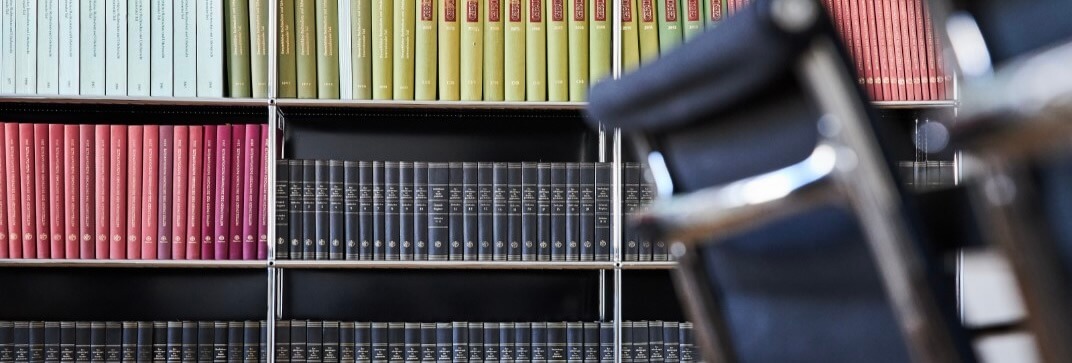
Latest News.
Protection of trade secrets in patent litigation (Sec. 145a Patent Act) – practice in Dusseldorf
With the introduction of Section 145a Patent Act (August 18, 2021), the legislator has created a possibility to protect trade secrets in patent litigation by applying the Trade Secrets Protection Act accordingly.
In the meantime, first decisions have been issued on the basis of Section 145a Patent Act. However, numerous substantive and procedural questions are still open. For example, the 4b. Chamber of the Regional Court Dusseldorf, for example, has issued general instructions in one case on how to proceed in practice, at least at the Düsseldorf patent litigation chambers.
1. MOTION
These general instructions leave it to the applicant to decide whether the request for protection of trade secrets is made with the relevant pleading or in advance. However, if the motion for protection of trade secrets is filed with the pleading, the motion should be specially marked so that the court does not inadvertently serve it on the opposing party. In addition, a redacted and a marked version of the pleading should be filed.
What is interesting about the general references is that the specific information to be covered by the order have to be included in the motion. Accordingly, a reference to passages in the pleading or exhibits would not be sufficient. This would have the advantage that the order would thus also apply to future pleadings without having to file a new motion. This point should make the procedure much more practicable, partly if the motion for protection is filed at the beginning of the patent litigation. However, this also entails that both parties have to discipline themselves in subsequent pleadings to identify the information covered by the order and additionally file a redacted version.
2. REASONABLE STEPS TO KEEP THE TRADE SECRET
In most cases, the main focus in justifying the motion is likely to substantiate the reasonable steps to keep the trade secret under Sec. 2 of the Trade Secrets Act secret. This applies to the information for which the applicant seeks protection. How high the requirements for the reasonable steps are, depends on the individual case. It has already been shown that courts pay particular attention to this point.
In advance, the question naturally arises as to whether the information is secret according to Sec. 2 no. 1 a) Trade Secret Act. On the applicant’s side, it has therefore also be ensured that the information is not disclosed with the motion for protection of trade secrets, i.e. that the motion or the pleading is only sent to the court and not to the opposing party in an unredacted form. If the opposing party receives the information before the court has decided on the order, the requirements under Sec. 2 no. 1 a) Trade Secret Act may no longer be met.
3. PROCEDURE
In accordance with the reference in Sec. 145a Patent Act, the course of proceedings is governed by Sec. 20 Trade Secret Act. This is reflected in the general instructions of the 4b. Chamber of the Regional Court Dusseldorf. As a result, this means that irrespective of the success of the motion, the opposing party will receive the information which, from the applicant’s point of view, needs to be kept secret. The applicant can only counter this by filing the application for protection of secrets in advance. However, the applicant is then faced with the dilemma that, according to the general instructions, on the one hand he should name the information specifically in the motion, but on the other hand he does not want to disclose the information through the motion. In such cases, it will then depend on how concretely the information has to be included in the motion. The Practice will show this. First of all, however, this leads to an undesirable uncertainty for the applicant.
4. OPEN QUESTIONS
The general information provided by the 4b. Chamber still leave unanswered the question of whether an order for the protection of trade secrets is also conceivable, for example, in execution proceedings. This is disputed in the literature. Financial information and rendering of accounts regularly contain sensitive information that constitutes a trade secret. The question therefore has a high practical relevance. The Regional Court Mannheim recently affirmed the applicability of Sec. 145a Patent Act to execution proceedings. At least some of the literature takes the opposite view, so the question remains exciting.
Carsten Plaga
